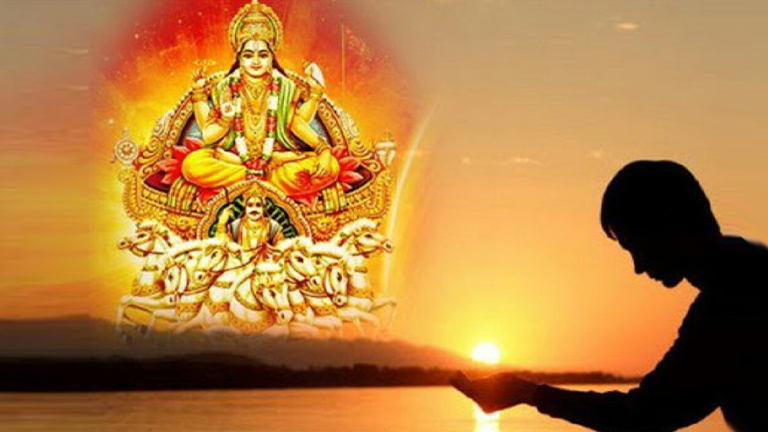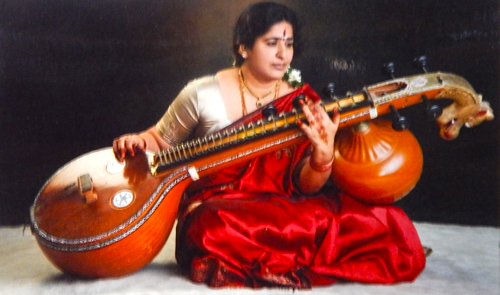Oxford dictionary defines culture as ‘the ideas, customs, and social behaviour of a particular people or society’ and defines tradition as ‘the transmission of customs or beliefs from generation to generation, or the fact of being passed on in this way’.
In any culture, religious customs, festivals, clothing, cuisine and language mark the beauty of that culture.

The diversity of the culture in the different regions of Indian makes it so unique from the cultures of other countries. India being a land of multiple religions and different ethnic groups, is more diversified.
However diversified they appear to be in presentation, religious practices across the regions and religions have a lot in common like fasting, celebrating the harvest season, joint family system, and worshipping the nature - Worshipping the Sun has been Hindu tradition since the vedic times and today we all know the benefits of Sunlight not only for our health but for our very existence as well. These practices are just to name a few. That is what keeps India beautiful and united.
Temple architecture is also unique to Hindu temples and the science behind the structures to maximize the positive energy reflects the knowledge of the ancient scholars. Worshipping of the Indian cow has always been a custom, since the vedic times. It is not just a blind faith, but has been proven today that the pancagavyam has many medicinal qualities, and has been used as medicine since the vedic times. Arranged marriage and joint family system help in providing the support system that is needed emotionally and physically by an individual
India is rich of beautiful traditions and customs such as greeting with ‘Namaste or Namaskar’, which means ‘I bow to the divine in you’. This helps keep our ego in check always, which is the cause of all disasters. Another beautiful Indian custom is ‘atithi devo bhava’, a Sanskrit verse from our scriptures. This verse illustrates the significance of guests in Indian culture.
Clothing in India is as diversified as the geographical regions. Though the materials and patterns used vary from place to place, sarees are the traditional attire for women and dhotis for men. Indian cuisine is as diversified as the regions, but unanimously known for the extensive use of spices. Spices used vary from region to region and between ethnic groups, giving a wide spectrum of flavors to please different palates.
Handicrafts mark the tradition of each region. It contributes to preserving and sending traditions. by transferring an area of their cultural heritage in ideas, forms, materials and work ways, similarly as their own values, philosophy of life, fashion and self-image through their products.
Language speaks a lot about the roots of any culture. India has 22 languages recognized by the constitution of India, but more than a hundred languages and dialects are spoken. Music and dance also form the culture of a region and are unique to each region.
Last but not the least, many festivals are celebrated in India. It brings the families and society together and have their roots in our Indian epics.
To sum it up, India has a very diversified culture and tradition, which is mutually respected by all.

Smt. Snehalatha Murali
https://www.youtube.com/channel/UCH0gs0zpYWbwivUnKDH3C9Q
Read More